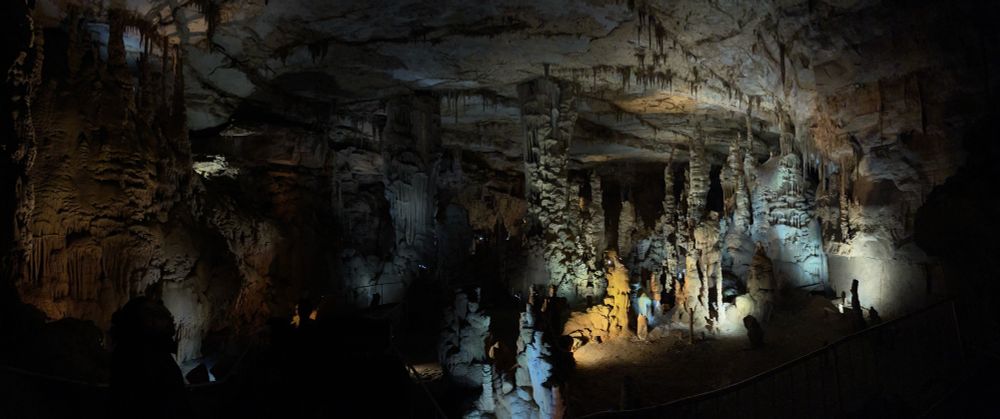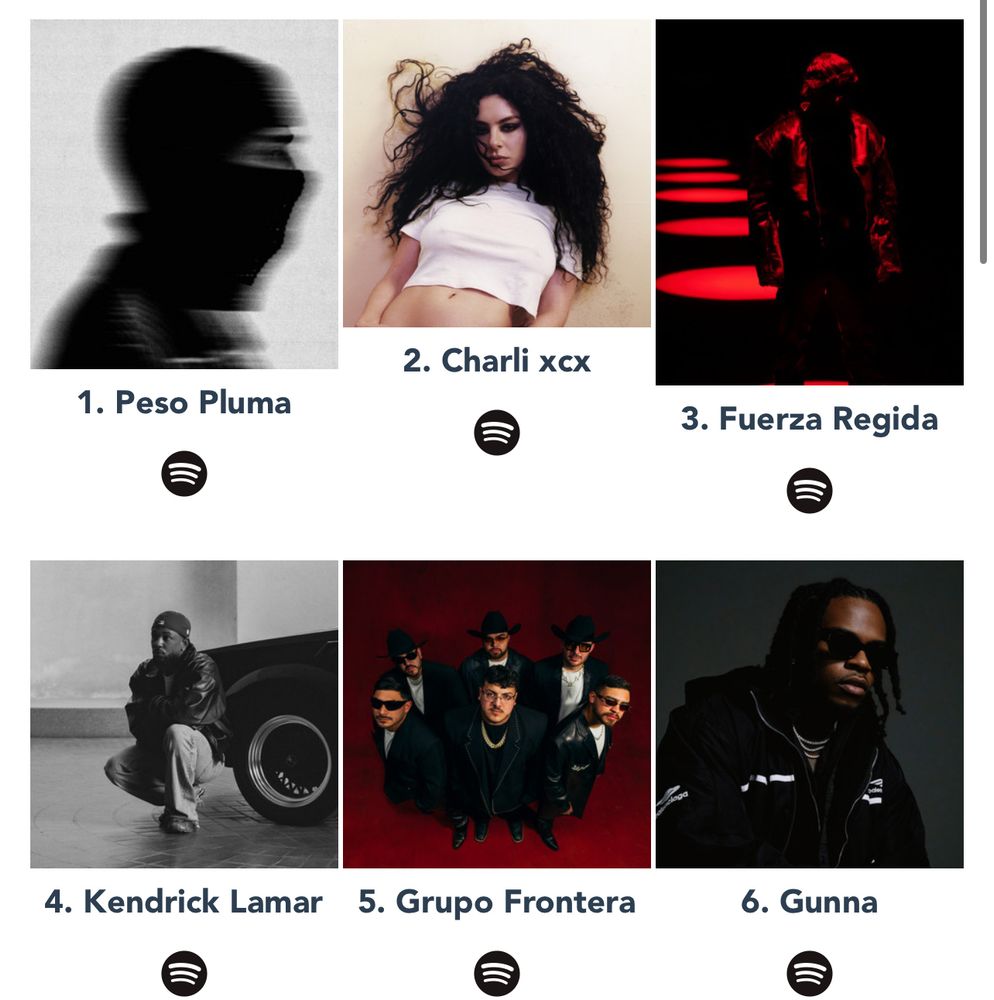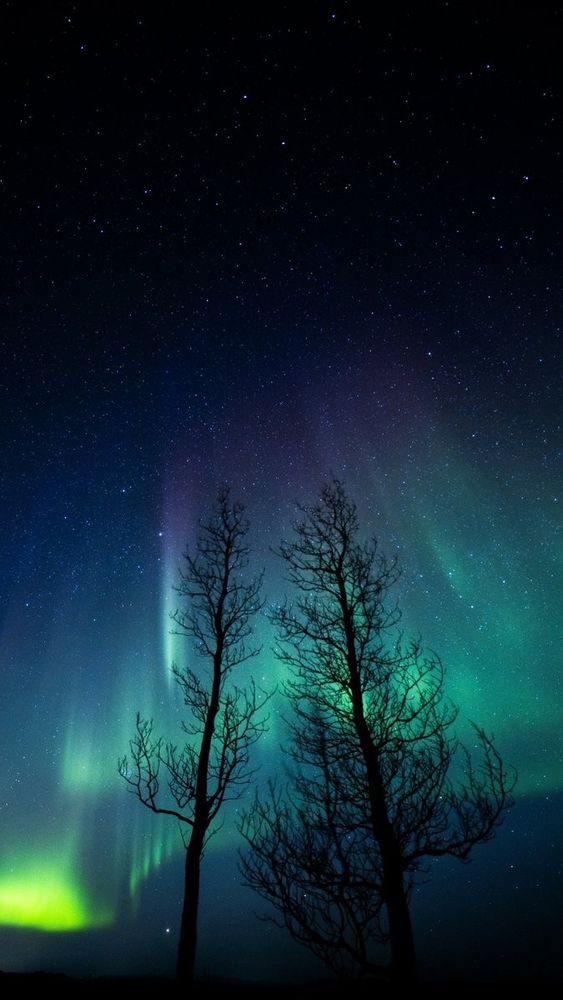
Various types of mecha
04.05.2025 04:15 — 👍 2887 🔁 701 💬 60 📌 35@chocolatte15.bsky.social
31 🇲🇽🏀🏈⚽️ Bay Area Sports lover | For the Emperor | OW, EFT, & CS

Various types of mecha
04.05.2025 04:15 — 👍 2887 🔁 701 💬 60 📌 35
“Playoff physicality has gone too far”
03.05.2025 03:30 — 👍 197 🔁 21 💬 6 📌 2
Those eyes! This little tuxedo kitty is the definition of adorable. 🥰😻🖤🤍
Credit: kohaze102
#cat #catlover #cute #pets




Delving in Carlsbad Caverns, New Mexico 🌌🦇
#carlsbadcaverns #exploringnewmexico #nationalparks

Cathedral Caverns was such a beautiful cave! Definitely worth the trip!
12.12.2024 16:52 — 👍 0 🔁 0 💬 0 📌 0
I can’t begin to tell you how this one feels more accurate than that AI Piece of garbage wrapped.
07.12.2024 06:08 — 👍 0 🔁 0 💬 0 📌 0
Hubble was recently retrained on NGC 6302, known as the "Butterfly Nebula," to observe it across a more complete spectrum of light, from near-ultraviolet to near-infrared, helping researchers better understand the mechanics at work in its technicolor "wings" of gas. The observations highlight a new pattern of near-infrared emission from singly ionized iron, which traces an S shape from lower left to upper right. This iron emission likely traces the central star system’s most recent ejections of gas, which are moving at much faster speeds than the previously expelled mass. The star or stars at its center are responsible for the nebula's appearance. In their death throes, they have cast off layers of gas periodically over the past couple thousand years. The "wings" of NGC 6302 are regions of gas heated to more than 36,000 degrees Fahrenheit that are tearing across space at more than 600,000 miles an hour. NGC 6302 lies between 2,500 and 3,800 light-years away in the constellation Scorpius.
NGC 6302: The "Butterfly Nebula"
Credit:NASA

when the sky comes alive ✨
03.12.2024 20:55 — 👍 18501 🔁 1147 💬 132 📌 44

Colorado is just so dang beautiful
04.12.2024 08:00 — 👍 3 🔁 0 💬 0 📌 0